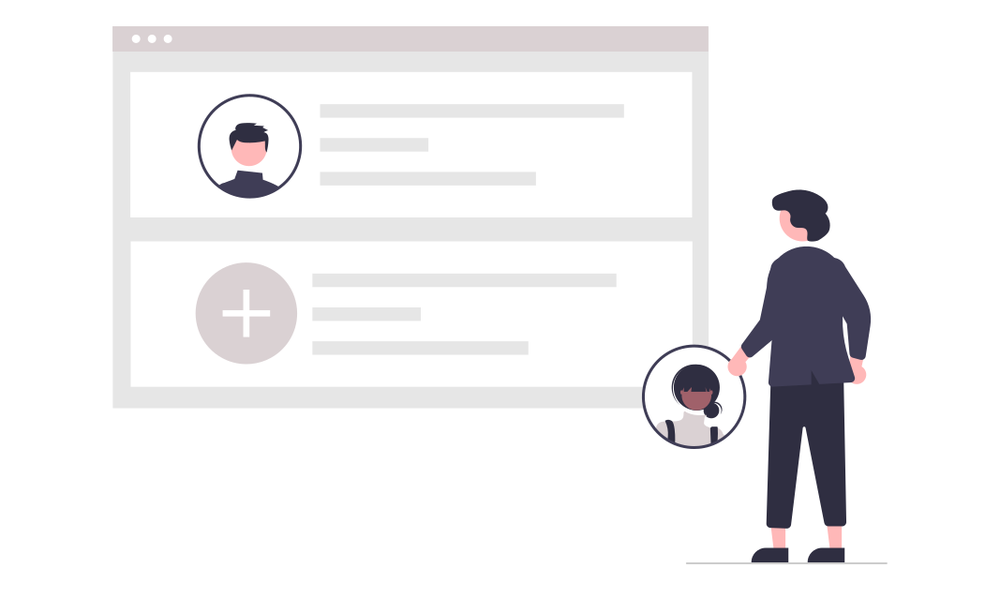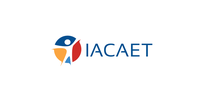活动详情
In this webinar undertaking, we are working alongside one another utilising an emergent form of coll-abr+a which draws posthumanism, (k)new materialist and Indigenous animist methodologies – that is the relational ontologies – into arts-based research. Repurposing the 'auto' in auto ethnography into 'also', and acknowledging that even when 'alone' in the human sense, we are always conducting our inquiries (and therapies) in the company of the more-than and other-than-human and wiarua (the Māori term encompassing spirit).
It is this form of attending to all using creative process that we engage, as we explore deep whole-body listening. We have begun to liken the process to attuning to the damper in between musical notes that has traditionally presented as a void.
Creation myths tend to begin with Void or Nothingness, La Vā, or Dreamtime. This liminal absence-of is essential to creation-of. As Creative Arts Therapist/Researchers, what may happen when we tune into this voidness, if we attend to the barely-audible sound-debris that hums beneath the pavements of bustling sounds we routinely focus on?

活动日期:2024年11月27日
活动时间:早上09:30 - 11:00(北京时间)
地点:ZOOM
语言:英文+ZOOM中文字幕
2024年11月27日
14:30 - 16:00 GMT+13
分享会简介
Before diving into our research topic, we will attempt to first contextualise and ground the research methodology/ies we are currently entangled with, here within the School of Creative Arts Therapy at Whitecliffe College in Aotearoa/New Zealand (SoCAT).
Our predominant experience of creative arts therapy (CAT) is prismatic, parabolic, poly-sensory, and paradoxical. This variegated practice can fall prey, however, to rigid and reductive research processes. A yearning for less dissonance between what and how we might research CAT plus more congruent reciprocity between the skill sets cultivated via both research and therapy, sent me, Deborah, questing. I stumbled across McNiff's (1998) words: "the process of research should correspond as closely as possible to the experience of therapy" (p.170). Riding the back of this exhortation, I discovered arts-based research (ABR) and autoethnography (Holman Jones, Adams & Ellis, 2016; Leavy, 2018; McNiff, 1998, 2013). Simultaneously a practice, process and product, ABR is an 'aesthetic way of knowing' (Greenwood, 2012): the researcher investigates a research question through artistic creating during data gathering/generation and/or analysis/translation and/or presentation. Autoethnography studies 'the culture of self' (Ricci, 2003), or others through self, encouraging "researchers to start with their own lived experiences as a way of uncovering new ways of knowing and understanding wider cultural beliefs" (Gray, 2011, p.67).
This has come to be known within SoCATs as abr+a - and it's poly-sibling coll-abr+a (Green et al, 2018; 2022). These are umbrella terms for arts-based research through autoethnography and/or 'also'ethnography. Abr+a makes sense of creative arts therapy by inviting heart/head/body/soul/context/theory into creative conversations. Researchers engage physical senses, implicit soul- or felt-senses, heart- and head-led senses, social/contextual connective senses to chart a new sense of direction.
In this webinar undertaking, we are working alongside one another utilising an emergent form of coll-abr+a which draws posthuman, (k)new materialist and Indigenous animist methodologies – that is the relational ontologies – into arts-based research. This leads to the repurposing of the 'auto' in auto ethnography into 'also'. This acknowledges that even when 'alone' in the human sense we are always conducting our inquiries (and therapies) in the company of the more-than and other-than-human and wairua (the Māori term encompassing spirit).
It is this form of attending to all using creative process that we engage, as we explore deep whole-body listening. We have begun to liken this process to attuning to the damper in between musical notes that has traditionally presented as a void.
Creation myths tend to begin with some form of Void or Nothingness, La Vā, Te Kore, Dreamtime and time-before-time. This liminal 'absence-of' is essential to 'creation-of' (Levine, 2009). As Creative Arts Therapist/Researchers, what may happen when we tune into this voidness, if we attend to the barely-audible sound-debris that hums beneath the pavements of bustling sounds we routinely focus on? If we dampen our thrust towards problem-solving, our thirst for meaning-making, and we shut up and slow down, listening to the sounds-beneath-the-sounds, to await nuanced arrivals of the intangibly quiet (Abram, 1996; Camden-Pratt & Jewell, 2021; Fairbain, 2023; Wolfond, 2022)?
Our use of 'damper' – as a potent metaphor within CAT – gestures towards hiatus, bracketing, embracing quiet, all-body-listening, awaiting arrivals. You may have almost-heard the felt-damper clamping the strings of a piano, quietening their ringing keynotes... and yet traditionally, we are conditioned to privilege the synergy of notes played by the pianist in the assemblage called 'music'. If we, however, fill therapy sessions with enthusiastic offerings, with few hushes between notes, how do we create conditions that encourage emergence of the shy-critters, the in-between, the yet-unthought (Akomolafe, 2017)?
We, two CATS straddling roles of Artist|Researcher|Therapist|Supervisor, are curious about (re)learning to hear the damper. And so, we invite you to join us for a thickly quiet session allowing space for the cacophony of more-than-human, animist-everythings (Strand, 2022) to join us in communion as we practice subterranean-attuning to the damper.
主持人
Dr. Kath Gruskha
学习成果
- Exploration of what attending to quiet might bring to awareness for client and therapist;
- Deeper sensitivity towards working with neurodiverse clients for whom spoken language may be problematic;
- Stronger alertness to the ways materiality of the arts processes may be productively invited into sessions...
票务信息
- Standard Ticket
Non IACAET Member
- ₹1,500
$18
- IACAET Membership Ticket
IACAET Registered Member Only
- 会员价格 免费门票
成为 IACAET会员

- 正式成为IACAET国际注册会员,拥有会员号
- 进入全球专业社区交流分享
- 享受每月会员专属活动
- 免费阅读CAET在线期刊(及CAET精选中文版)
- 免费查看全球分享会视频
- 免费查看跨界系列对谈回放
- 专享会员专业文献数据库
- 定期参加在线专业讲座及分享会
- 享受IACAET相关培训课程会员价


